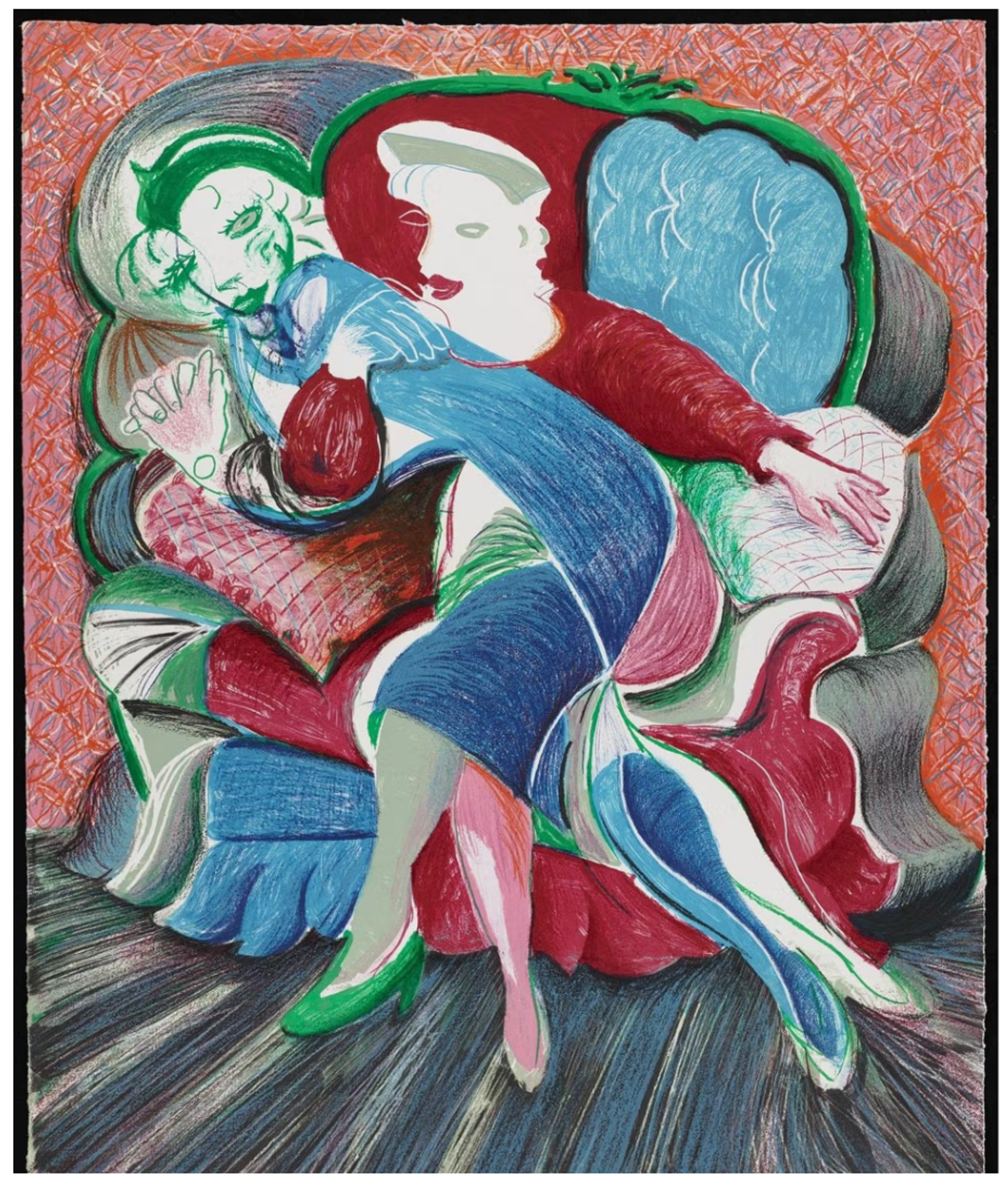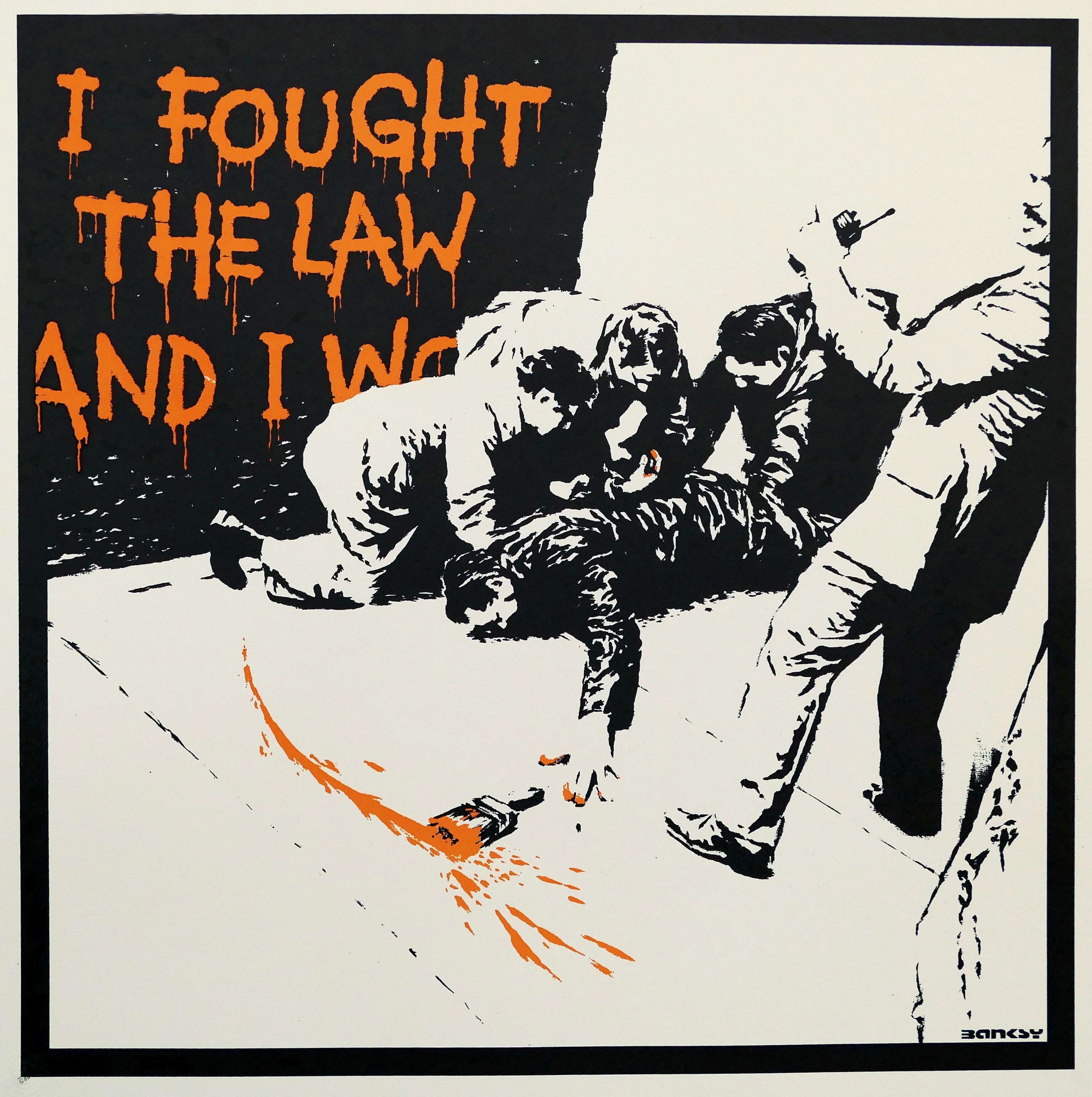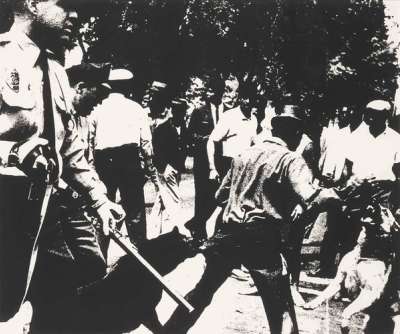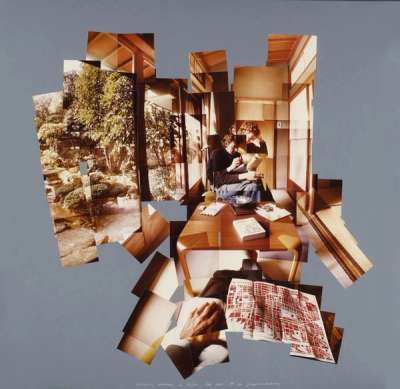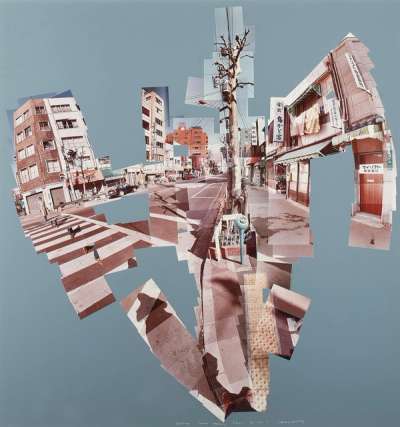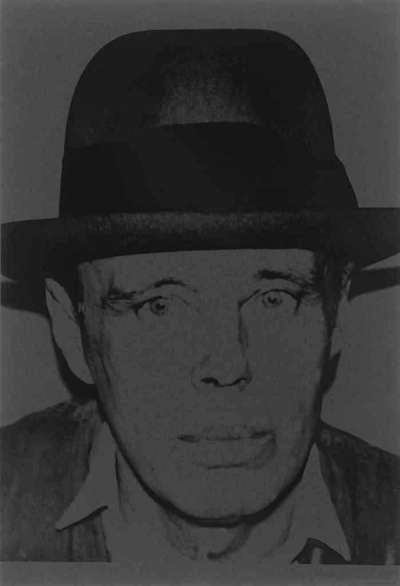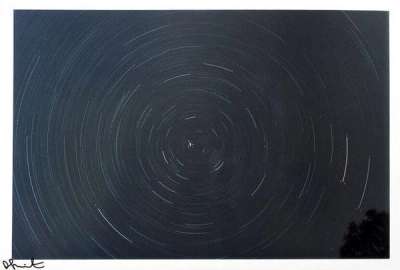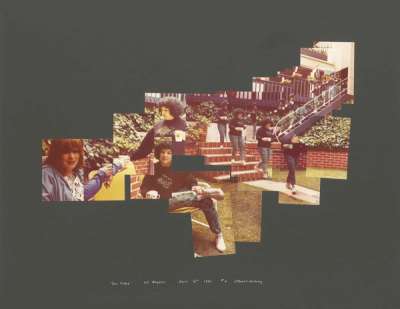What Photo London Tells Us About the Photography Market in 2025

 Photo London © 2025
Photo London © 2025Market Reports
Photo London has returned to Somerset House for its 10th edition. Taking over the entirety of the landmark, the fair stands as proof that photography’s cultural relevance – and its place in serious collections – is only growing stronger.
Several major art fairs call Somerset House Home: London Original Print Fair, 1-54 Contemporary African Art Fair, and The Collect. This year marks a series of milestones: Somerset House itself turns 25 as a “centre for cultural innovators,” London Original Print Fair celebrated its 40th edition in April, and Photo London now steps confidently into its second decade. Among these, it has become the clearest signifier that photography no longer sits at the margins of the art market – but is now firmly part of the conversation about what constitutes value, rarity, and collectability.
 House of Bandits © Photo London 2025
House of Bandits © Photo London 2025Photography’s Market Momentum: High Volume, Lower Value
Last year, Melanie Gerlis recorded in The Art Newspaper that sales of photography had declined by 16% in value in 2023, but that top-line figure masks what was (and is) really happening on the ground. At the lower end of the market – where most photographic works are traded – sales volumes hit a record high. There was a 36% year-on-year increase in the value of photographs sold under $5,000. Compared to 2019, that number is up nearly 200%. This is where the photography market finds real momentum. And it is here that Photo London, with its mix of deeply established names and emerging artists, offers a comprehensive window into the state of play.
Looking at more recent data across the 2020 to 2025 period according to Artnet, 19% of photography lots sold above their high estimate – an 11% increase – while 21% sold below their low estimate, down 10%. The overall sell-through rate has risen to 63%. With 928 upcoming lots, these figures reflect a growing confidence in the market, particularly in the mid-market segment (photographs valued between $10,000-$30,000) where the majority of sales have been executed. However, this also reveals a market driven more by volume than concentrated value.
By contrast, the top-tier prints and multiples market – including Warhol, Basquiat, Haring, Lichtenstein, Hockney, Hirst, and Banksy – though smaller in upcoming volume (176 lots), is increasingly defined by performance above estimates. Concentrated demand and value retention are more deeply established in this sector of the market. These leading blue chip artist markets show even greater acceleration: 41% of lots sold above high estimate (up 35%), only 9% fell below low estimate (down 20%), and the sell-through rate has surged to 78%. Though the photography market is smaller and more emergent, the trajectory is promising – and its accessibility is increasingly being recognised as a vital strength, much like the print market before it.
A Market Reflecting Broader Trends in Editions
In many ways, the photography market is the younger sibling of the prints and editions market. It shares a common logic: limited production, editioning, and tiered pricing structures that make the medium approachable for new collectors while still offering blue chip potential. Like print collectors, photography buyers are drawn to works with clear provenance, technical quality, and limited editions that create a sense of scarcity. As Gerlis noted, concerns about photography’s reproducibility have largely disappeared – small runs now enhance rather than diminish appeal. And for collectors unable or unwilling to enter the painting market, photography offers a compelling and culturally resonant alternative.
Take London-based gallery Iconic Images as an example (whose booth is located in the West Wing and boasts works befitting of the gallery’s name by the likes of Norman Parkinson, Gered Mankowitz, and Terry O’Neill to name a few). Iconic owns the archives of several era-defining photographers, with Terry O’Neill leading the pack. With O’Neill’s works printed in limited editions in varying sizes, either hand-signed and numbered in pencil or estate-stamped, with accompanying COAs, the gallery is gradually reaching the end of their supply. O’Neill’s iconic Bardot and Cigar (1971) is available at Photo London for £30,000 from an edition of just 50 – underscoring the scarcity and collectability that defines the high end of this market.
 Iconic Images installation view, featuring Bardot and Cigar © Terry O'Neill 1971 / Photo London © 2025
Iconic Images installation view, featuring Bardot and Cigar © Terry O'Neill 1971 / Photo London © 2025A Shifting Institutional and Cultural Landscape
Photography’s legitimacy as a serious art form has long been championed by institutions, but in recent years that backing has become more visible and sustained. 2024 saw photography become a focus across major galleries with exhibitions like Beyond Fashion at Saatchi Gallery, Fragile Beauty: Photographs from the Sir Elton John and David Furnish Collection at the V&A, Ernest Cole: House of Bondage at The Photographer’s Gallery. Continuing that momentum in 2025, the National Portrait Gallery began the year with their explosive homage to The Face Magazine and the iconic imagery that was borne on its pages, and later this year Tate Britain will open their exhibition dedicated to Lee Miller’s career – the first of its scale to focus on her trailblazing work within Surrealism and as a WW2 correspondent.
Meanwhile, photography was prominent at the 2024 Venice Biennale and remains central to booths at Art Basel and Frieze. On the opening day of Art Basel 2024, Cindy Sherman’s Untitled Film Still #48 sold for $1.5 million. Likewise, a complete set of Robert Frank’s The Americans fetched multiple millions. Trailblazing photographers also set new records in 2024. Diane Arbus’ Identical Twins (1966), for instance, achieved a new record of $1,197,000 – becoming the fourth highest photography lot of the year. But for every high-profile sale, the real shift is visible in the widespread presence of photographs at all price points and in a broader range of cultural contexts.
Photography’s Indelible Ties to Culture
Photography’s entanglement with contemporary culture – through fashion, celebrity, marketing – means its cultural capital often exceeds its price point. From Richard Avdeon and Helmut Newton to Juergen Teller and Cindy Sherman, photographers have helped to define the zeitgeist and influence visual culture beyond the two-dimensional.
Photo London 2025 leans into this. Works on display span the glossy and glamorous to the conceptual and politically charged. The ‘London Lives’ exhibition in the South Wing’s lower levels, curated by critic and author Francis Hodgson, is a poignantly nuanced picture of what life in London really looks like. Meanwhile, ‘Discovery’ urges us to address “what we’re collectively going through today,” in the words of curator Charlotte Jansen. This year, the fair even boasts a collaboration with iconic French raincoat company K-Way, who have rather successfully attempted to “turn weather into art” to reimagine everyday life. It’s not just galleries that are becoming increasingly savvy about how they show these works, blurring the boundaries between the collectible and the consumable.
Photography As A Growing Entry Market
Perhaps most significantly, photography is proving an effective tool for growing the base of art collectors. Indeed, while a £5,000 photography sale might not compare to headline-grabbing evening sales, it’s a transformative entry point for collectors upgrading from posters or other collectible ephemera. These are the collectors of the future – and Photo London is one of the few fairs speaking directly to them.
The fair’s curation and presentation cater to seasoned connoisseurs and first-time buyers alike. And this year, it brings in a broader international presence than ever, with work from artists based in Tehran, Palestine, and across South America. Photography remains one of the few spaces where access, diversity, and innovation aren’t just token gestures – they are fundamental to how the market grows.
As Photo London enters its second decade, it does so as the clearest indication yet that photography has shed its stigma as secondary in the wider art market. It is a medium with deep cultural capital, increasingly visible institutional support, and a price structure that invites new collectors in without compromising on quality or critical weight.
Whether viewed through the lens of fashion, identity, or investment-potential, photography is no longer on the sidelines of the art market. And for 10 years now, Photo London has been the fair most attuned to that reality.









